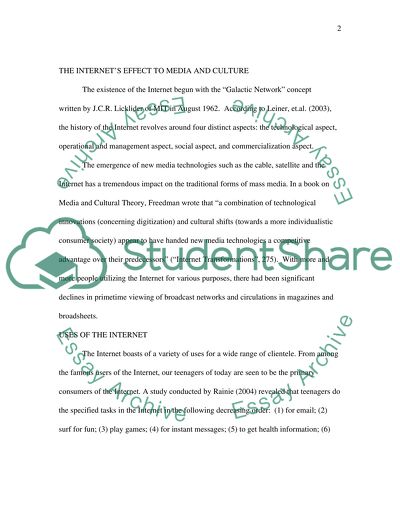Cite this document
(The Use of the Internet as a Social Activity and Self-Expression Coursework, n.d.)
The Use of the Internet as a Social Activity and Self-Expression Coursework. Retrieved from https://studentshare.org/social-science/1552610-the-use-of-the-internet-as-a-social-activity-and-self-expression
The Use of the Internet as a Social Activity and Self-Expression Coursework. Retrieved from https://studentshare.org/social-science/1552610-the-use-of-the-internet-as-a-social-activity-and-self-expression
(The Use of the Internet As a Social Activity and Self-Expression Coursework)
The Use of the Internet As a Social Activity and Self-Expression Coursework. https://studentshare.org/social-science/1552610-the-use-of-the-internet-as-a-social-activity-and-self-expression.
The Use of the Internet As a Social Activity and Self-Expression Coursework. https://studentshare.org/social-science/1552610-the-use-of-the-internet-as-a-social-activity-and-self-expression.
“The Use of the Internet As a Social Activity and Self-Expression Coursework”. https://studentshare.org/social-science/1552610-the-use-of-the-internet-as-a-social-activity-and-self-expression.


